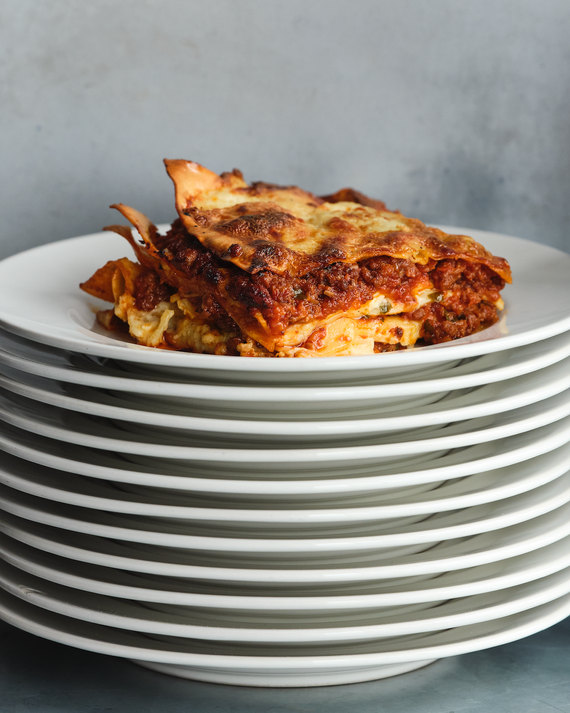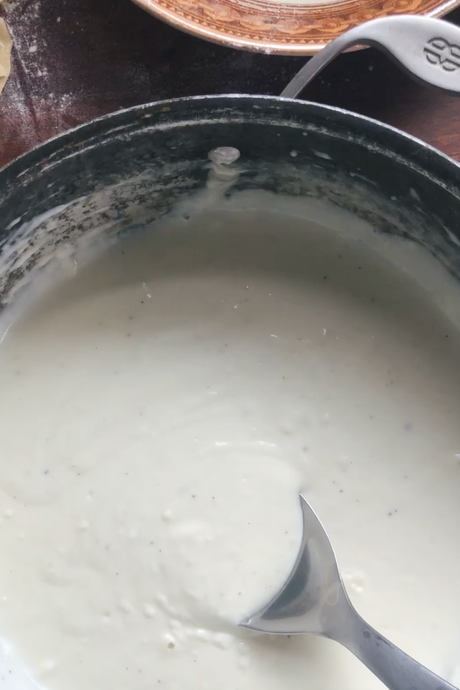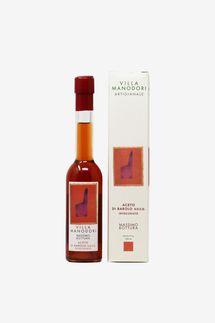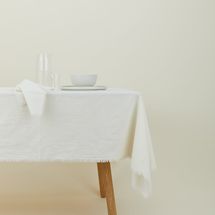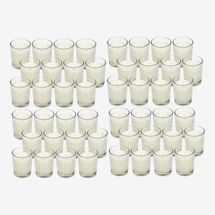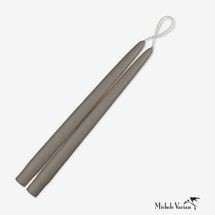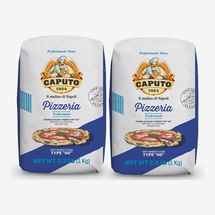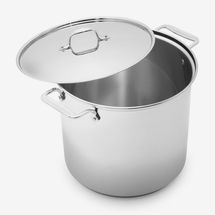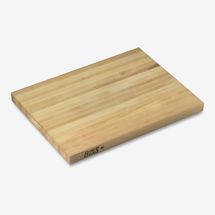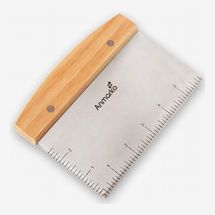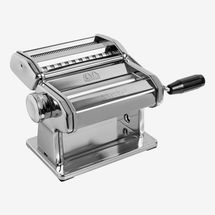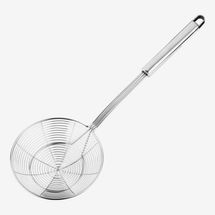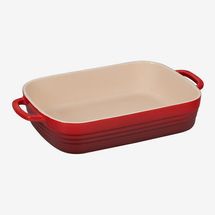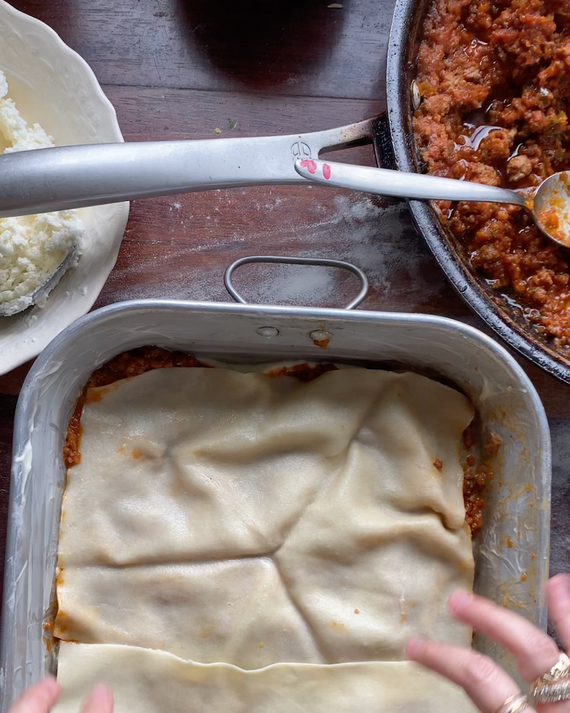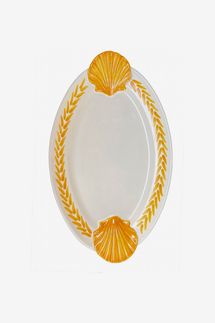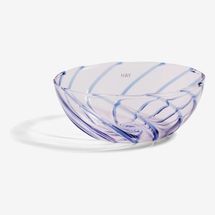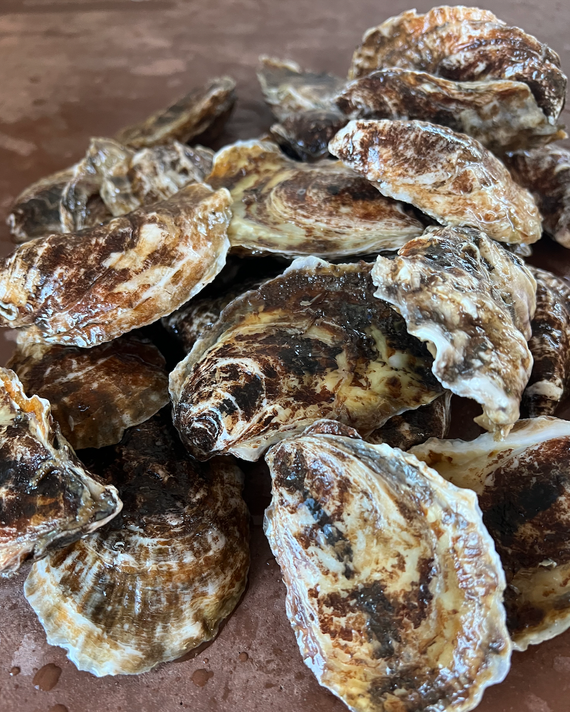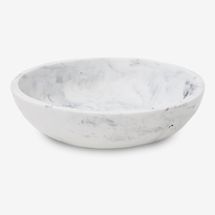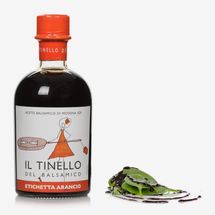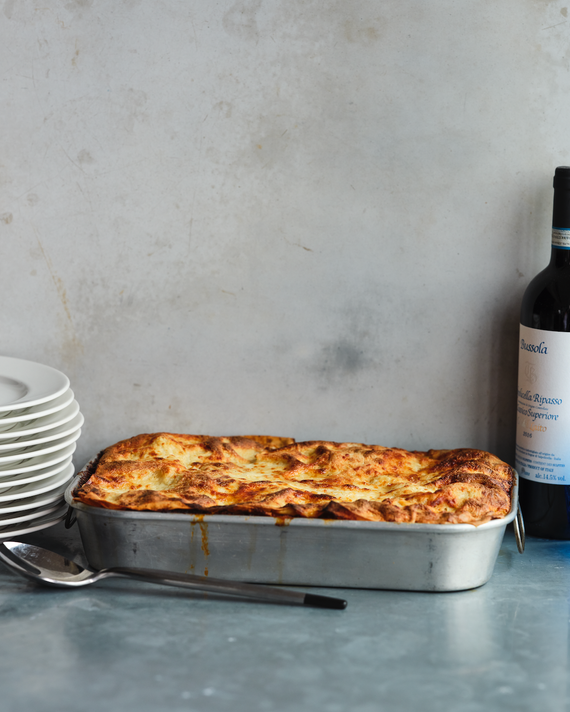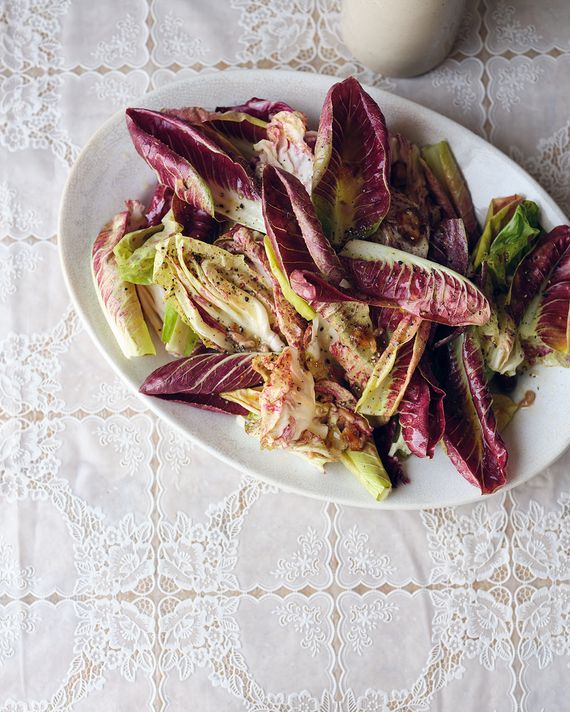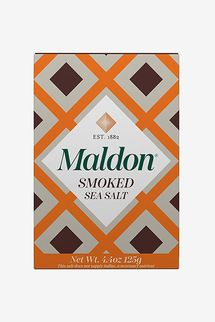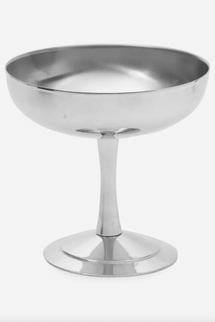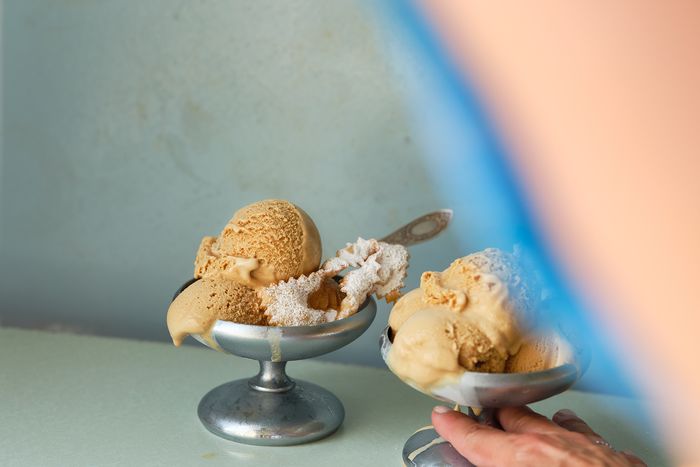[ad_1]
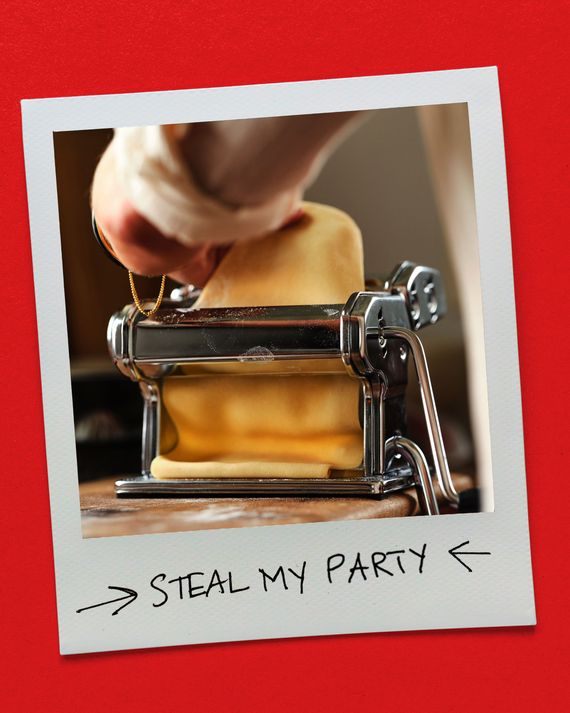
Photo-Illustration: The Strategist; Photo: Graydon Herriott. Reprinted from Simple Pasta by Odette Williams
Hosting can be a lot, especially when part of the game is having the soirée you put together look effortless. In this series, veteran party-throwers tell us how they pull off their highly specific, flawlessly executed gatherings. This installment comes from Brooklyn-based cookbook author Odette Williams, who walks us through how she plans and executes an elegant dinner party where guests help make (and, of course, eat) lasagna.
Odette Williams has always “worshiped at the altar of pasta,” she says — but somehow she never made it herself until she was in her 40s. As soon as she did, though, she experienced such a “huge unlock of joy” that she practiced and got so skilled that pasta became the subject of her second cookbook. During the development stage, she hosted countless dinner parties, inviting friends over to try her food. It was during these nights gathered in the kitchen and around the table — twirling spaghetti, cutting into ravioli, taking bites of pillowy gnocchi — that she also cultivated an understanding of what makes a perfect menu and vibe for an elegant-yet-relaxed pasta party.
This time of year — when it’s cold out and you want something hearty to dig into — there’s no better choice for a main dish than lasagna, which Williams says also happens to be “the very best way to showcase homemade pasta.” That’s because when you make your own sheets, you can get them much thinner than store-bought ones. “They’re delicate and tender, and when you bake the whole thing, the layers just kind of melt into each other,” she explains. “There isn’t a separation of pasta and bolognese. It’s an ensemble.”
If lasagna sounds like a project, that’s because it is — but Williams promises it’s doable with friends assisting to mix and shape the dough, prepping other components ahead of time, and a supporting menu so simple it’s more about assembly than following technical recipes.
Photo: Graydon Herriott. Reprinted from Simple Pasta by Odette Williams
First, I write out a grocery list of all the pantry staples I need for the lasagna, the supporting acts, the dessert, and the booze — all the things that can last a while.
I tend to shop over a few days because I live very close to lots of places, but you can do whatever makes sense for you. I’ll hit a general grocery store for things like crushed tomatoes, ricotta, Parmesan, and anchovies for the lasagna. I like to get my meat for the bolognese at the butcher, though — I go to Paisanos. For wine and liquor, I have a few local shops: Scotto’s Wine Cellar, Brooklyn Wine Exchange, Smith & Vine. But if I’m searching for a particular bottle, I sometimes order from Vivino or Astor Wines. There’s also a little Italian market in my neighborhood called Tavola, and I’ll stop in there for anything specialty, like Italian wafers for my dessert.
I try to get to the Union Square farmers’ market mid-week to pick out particularly nice lettuces — like chicories or arugula in the winter — for the salad. Since it’s just a single-leaf salad with a simple dressing, you want it to be as good quality and as beautiful as possible. When I’m there, I can also pick up any flowers or seasonal produce to decorate the table with. This time of year the citrus is really big and often has the stems and leaves attached. I love that for a tablescape.
Photo: Odette Williams
I do what I can for the lasagna ahead of time, since the components are a bit time-consuming and the main event of the actual evening is making the pasta — and eating. The bolognese can easily sit in the fridge for a day or two (and you can even make it earlier if you want, then freeze it).
The same principle goes for the béchamel. Mine isn’t superthick. I think there’s a misconception around béchamel that it’s got to be this kind of thick sauce, but actually, it should be thinner and silky so that it just coats the back of a spoon.
I also make the mignonette for the oysters the day before. It’s a mix of vinegar — sherry, red wine, or Champagne all work — finely diced shallot, finely diced fennel (save the fennel fronds for a garnish), and pink, white, or black peppercorns. And I actually like it when the mignonette is cold, so it’s good to have it in the fridge for a day before you spoon it on the oysters.
I like to shuck oysters during the party — it’s sort of an activity that’s entertaining and makes the whole event feel less formal in a way. But if you’re not good at shucking, you can ask your fishmonger — my local spot is Fish Tales — to do it for you. Just try and get them to keep as much of the juice as possible. The juices are precious brine, and they’re not to be wasted.
Generally for lasagna, I don’t set the table super-formally. I just make a stack of bowls near the oven with the cutlery and napkins next to it. It’s more of a help-yourself thing.
But I do put down a tablecloth. After years of banishing the tablecloth because I’m not a big ironer and the upkeep felt too fussy, I recently went to the Garment District in New York and bought a couple yards of white linen. Then I had my local dry cleaner that does repairs just make two seams at either end, and I have myself an amazing white tablecloth for next to nothing. I just wash it after using; I embrace the lived-in look. I like the idea of a white one because that’s what they have at old-school Italian restaurants.
I’m a big advocate of candles. I like a whole mix of different heights and styles. At the very least it’s nice to set out some little glass votives along the center, mixed in with the produce. Once you’ve set the table, you’re kind of psychologically ready for the night.
I’m really into having a cocktail to start the night off, and I’m a bit obsessed with this particular one at the moment called the Paper Plane made with one ounce of this Italian amaro called Nonino, one ounce of Aperol, one ounce of bourbon, and one ounce of citrus juice. Since it’s a 1:1 ratio of all the ingredients, it’s really easy to make as people arrive if you squeeze your citrus ahead of time. But if you want to batch it for however many people you’re going to serve, you can also do that and just set it in the freezer about an hour ahead.
I have a collection of vintage coupes and put those glasses in the freezer if I can remember, or if I’ve got the room. It makes the evening feel fancy, but not in a stuffy way.
For the lasagna, you’ll be following the recipe for large-batch egg dough. While portioning out the ingredients ahead of time isn’t strictly necessary because there isn’t a lot to measure, measuring your flour and setting your eggs out on the counter just means one less thing to do when people arrive.
You need 00 flour because of the higher percentage of gluten in it compared to all-purpose; it lends elasticity to the dough. When you roll it out, you’ll get these long silky sheets. I like Caputo’s, which is pretty widely available. In general, the ratio for this pasta dough is 100 grams of flour to one large egg for one serving. That’s helpful to know in general; you can make any shape and style you want following that ratio. For this lasagna in particular I use 400 grams (or three cups) of 00 flour with four large eggs.
This is also when you should take your bolognese and béchamel out of the fridge to warm up. You can put them into two saucepans over low heat and add a splash of water to the bolognese and a splash of milk to the béchamel if needed, just because they will have gotten a bit thicker sitting in the fridge. Once they’re heated through, you can turn off the burners and let them sit.
Also fill a large pot with salted water and place it on the stove so it’s ready to go. This is all because once people come and they start talking, and you start talking, and you pour drinks, that’s one of easiest moments to get distracted and make a mistake. With everything set that can be, you’ll have less to think about and can focus on the pasta-making itself.
I put on music; this is a playlist my friend made for my book-launch party. It’s an eclectic mix, but it’s a nice vibe for the whole evening. Once everyone is there and has a glass of that fabulous ice-cold cocktail in hand, and you’ve done some chatting, it’s time to make the pasta dough. Realistically, this is around 4:30 p.m.
Everyone is talking and hanging, and a couple of people get to work. First, you put the pasta down on a big wooden board and make a well in the center. Then you crack the eggs into the well. You use a fork to slowly incorporate that flour into the eggs and remove lumps as you go. The tip I tell people is to pull from the inside bottom of the well because that will keep the structure of it and continue to hold the eggs in as you’re incorporating. At a certain point, you’re going to fold it all in — and then it’s going to look like kind of a big mess. That’s where your hands come in. Add water bit by bit (you can put some in a bowl with a teaspoon for ladling out) as you’re kneading directly on the board. You’re bringing it together little by little. And the great thing about this dough is that if it’s too wet, you can add a little bit more flour. And if it’s too dry, you can add a little bit more water.
At a certain point, it will come together more than before. A bench scraper is helpful here to scrape up any scraggly bits. You can wash your hands. And then get back at it (or enlist someone else who wants to take a turn) and really knead it for a full ten minutes. You’re going for the texture of fresh Play-Doh, using the heel of your palm to push away, turn, push away, turn, push away, turn. Multiple people can try. Once you’ve kind of got a really nice smooth ball, you want to wrap it up in plastic wrap and let it rest for 30 minutes, during which it’s time for a drink refresher (and time to clear the decks for pasta rolling).

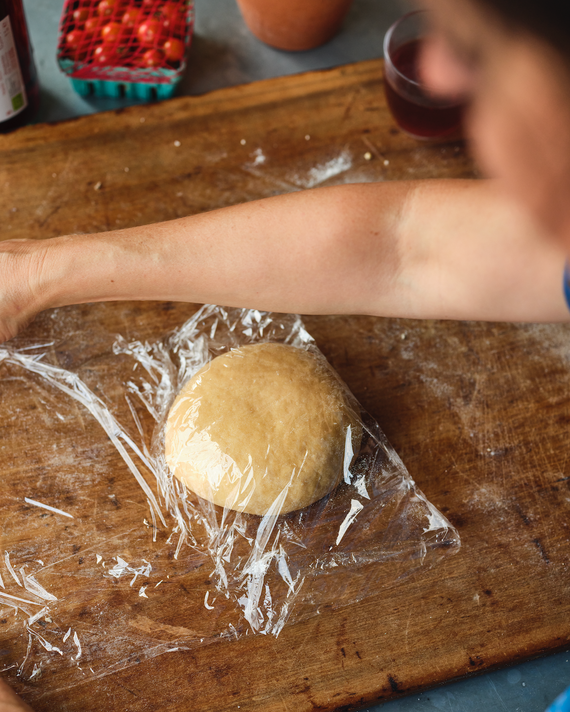
Graydon Herriott. Reprinted from Simple Pasta by Odette Williams.
Graydon Herriott. Reprinted from Simple Pasta by Odette Williams.
Also: Set your water to boil and preheat your oven to 400 degrees now.
After the dough has rested, it’s time to roll it out into sheets. I recommend beginners take smaller pieces of dough, so dividing it up into, say, six different pieces. Then you’re going to flatten it down between your palms and start feeding it through your pasta machine. Just work one ball at a time (keep the others under the plastic wrap as you go so they don’t dry out). Start on the widest setting and work your way down to the very last setting. You want the sheets as thin as possible for lasagna.
Photo: Graydon Herriott. Reprinted from Simple Pasta by Odette Williams
Along the way, if your dough is crinkling or getting stuck to the machine, just pull it out, sprinkle it with a little bit of flour, and go back again. A few people can be doing this, helping hold the pasta up as it gets thinner and comes out of the machine.
And then you can have someone else cutting the sheets to fit into a baking dish as they’re done, and another person dropping those cut pieces into boiling water with their hands (tongs would break the dough) for just a minute. You fish them out with a spider and lay them to the side, making sure they’re flat and not folded up on themselves.You can pour a very small amount of olive oil on them if you’re worried about them sticking.
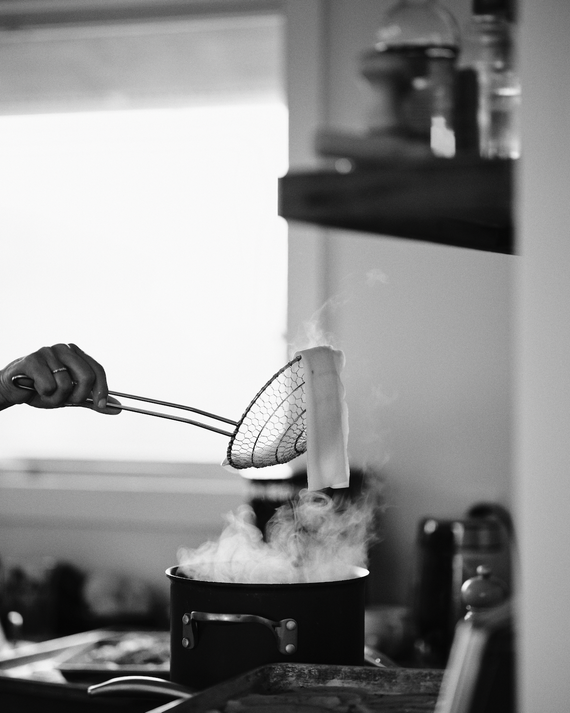
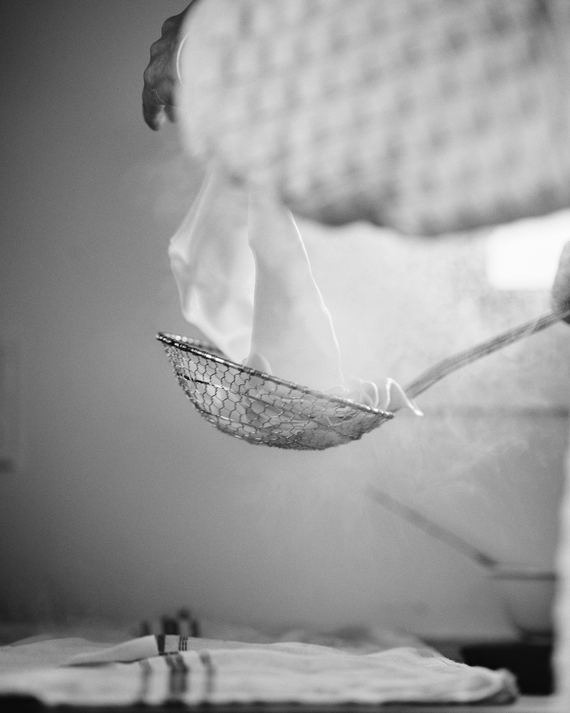
Graydon Herriott. Reprinted from Simple Pasta by Odette Williams.
Graydon Herriott. Reprinted from Simple Pasta by Odette Williams.
Some people don’t cook the sheets, but I do because I don’t want that pasta to suck up any of my juices as the lasagna bakes. I want that pasta to melt in my mouth. I mean that’s what we’re all here for; that’s why we’re putting in this effort.
Once all the pasta has been cooked, you can start layering. Butter your baking dish, then spread a thin layer of béchamel, then some bolognese, then a sheet. The next layer gets the addition of some ricotta dotted on top of the béchamel and a sprinkling of Parmesan cheese. Repeat that and repeat again and again until the whole thing is built, finishing with a layer of béchamel, Parm, and basil. You want a thin but fully covered layer of each component. Finally, stick it in the oven, which should be done preheating to 400 degrees by now.
Photo: Odette Williams
Photo: Odette Williams
Homemade lasagna needs about 30 to 40 minutes to cook (plus however much resting time you can stand to give it). At this point, I’ve moved on to bubbles to drink (still using coupe glasses), and now is the time to shuck and eat oysters. I place a big tray full of coarse salt on the counter, with the mignonette in a bowl, and let people drink and shuck and have the appetizer. Ideally there’s at least one person who knows what they’re doing, but if not, like I said, you can always get them pre-shucked.
Once the lasagna comes out, I put together the salad. The point of it is to be as simple as possible. You’re not even making a dressing. You’re just putting your lettuce in a bowl and drizzling on olive oil and balsamic vinegar, sprinkling with salt and pepper, maybe adding some Parmesan shavings if you want, and always some fresh lemon juice at the end. I think that people in general overdress salads, so just go slowly with each ingredient.
Photo: Graydon Herriott. Reprinted from Simple Pasta by Odette Williams
If you want to wash your lettuce earlier in the evening, one trick is to do that, put the leaves into your serving bowl, cover with a damp paper towel or dishcloth, and stick it in the fridge. I love my salad cool and crisp, and this helps keep it that way.
Photo: Graydon Herriott. Reprinted from Simple Pasta by Odette Williams
It’s important to let the lasagna rest — at least for 15 or 20 minutes, but you could go even longer — so that it has time to compose itself. Otherwise it will be a big sloppy mess when you cut into it.
Last-minute dining table additions are the salad, some sparkling water, a bottle of red wine and a bottle of white wine, and some Maldon salt for finishing (I think the smoked variety is underutilized). At this point, people are cutting into the lasagna and serving themselves, sitting down at the table, throwing some salad on that same plate. Then we eat.
I clear the table when we’re ready, probably hours later, to serve up some ice cream and wafers. I scoop ice cream into bowls (vanilla or salted caramel), drizzle on some good-quality olive oil and a sprinkle of Maldon salt, and stick the wafer straw cookie into it. It’s very low-key to put together, but still feels special. I also like a glass of sparkling Moscato at this point. That’s also a nice option for people who aren’t so into dessert.
Photo: Graydon Herriott. Reprinted from Simple Pasta by Odette Williams
Normally this stage where everyone’s pretty tanked, and the playlist changes into something that someone wants to dance to.
I actually think one of my favorite parts about having a party is one that everyone else hates, which is the cleanup. But I love that moment when other people have gone home. I always pour myself a glass of something left over, put on some music, and clear plates and scrub dishes. I don’t want to see any of it in the morning. I would rather stay up later, while I’m a little bit buzzed, and clean up and just enjoy what was the night.
The Strategist is designed to surface the most useful, expert recommendations for things to buy across the vast e-commerce landscape. Some of our latest conquests include the best acne treatments, rolling luggage, pillows for side sleepers, natural anxiety remedies, and bath towels. We update links when possible, but note that deals can expire and all prices are subject to change.
[ad_2]

